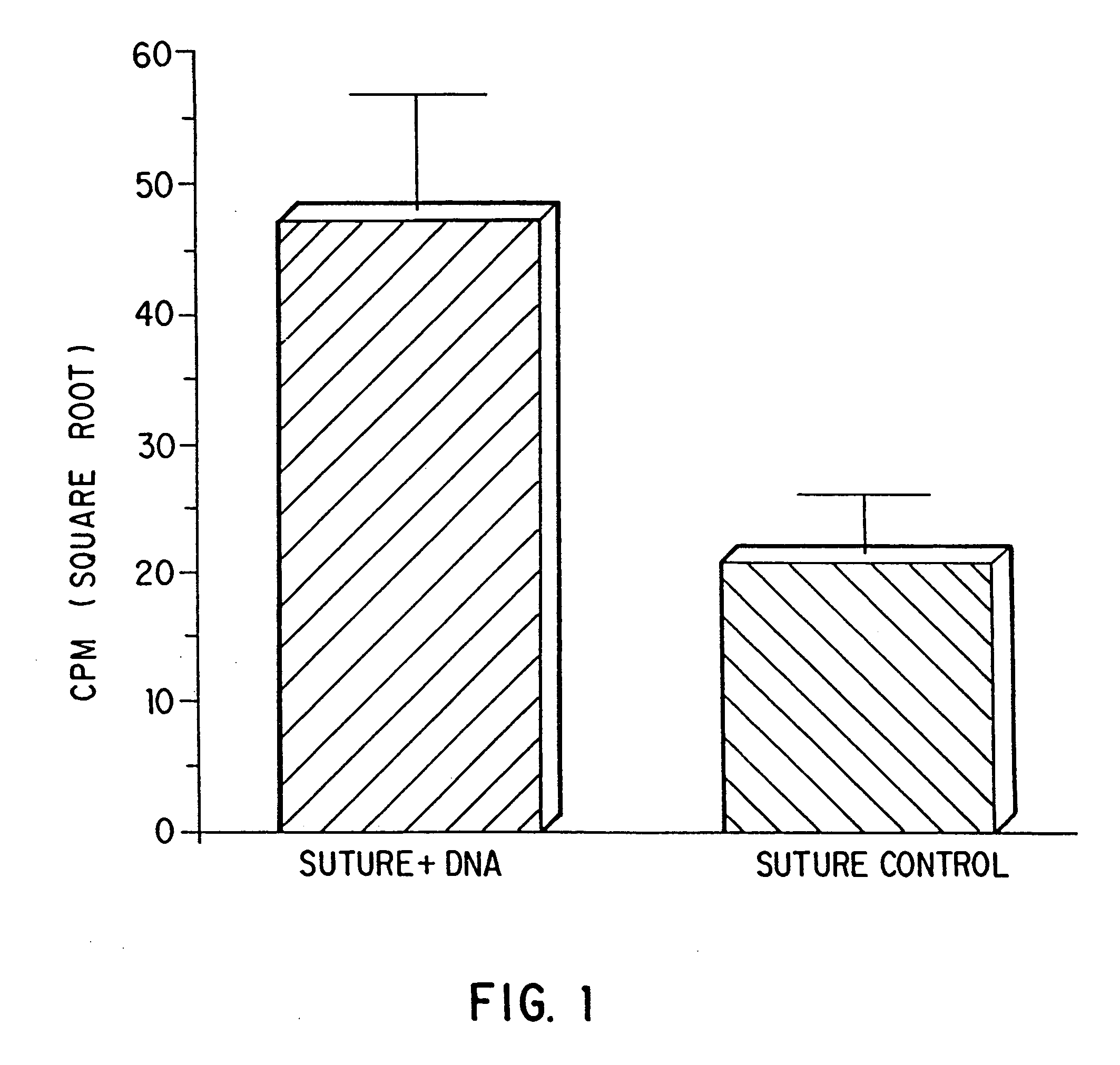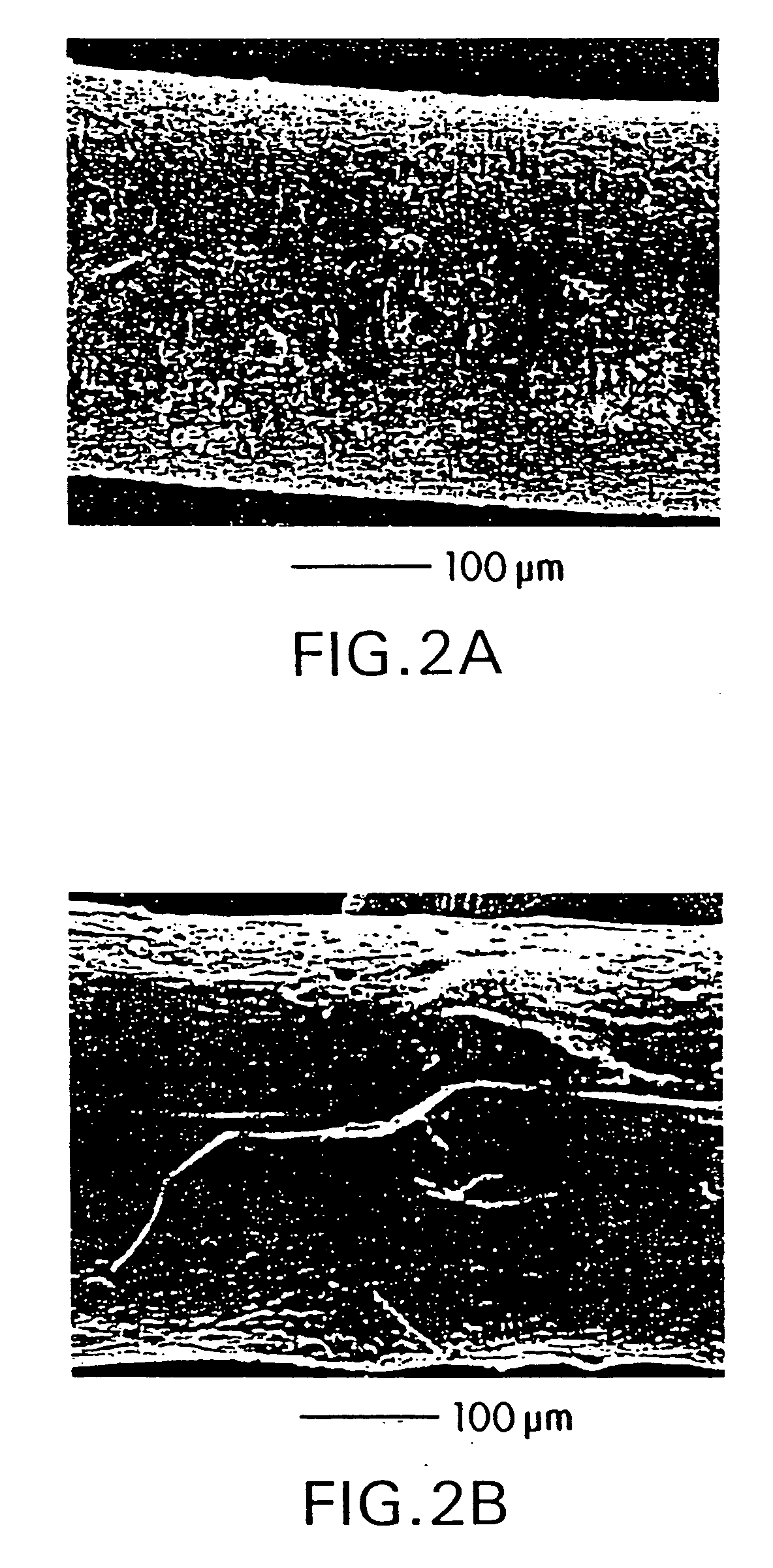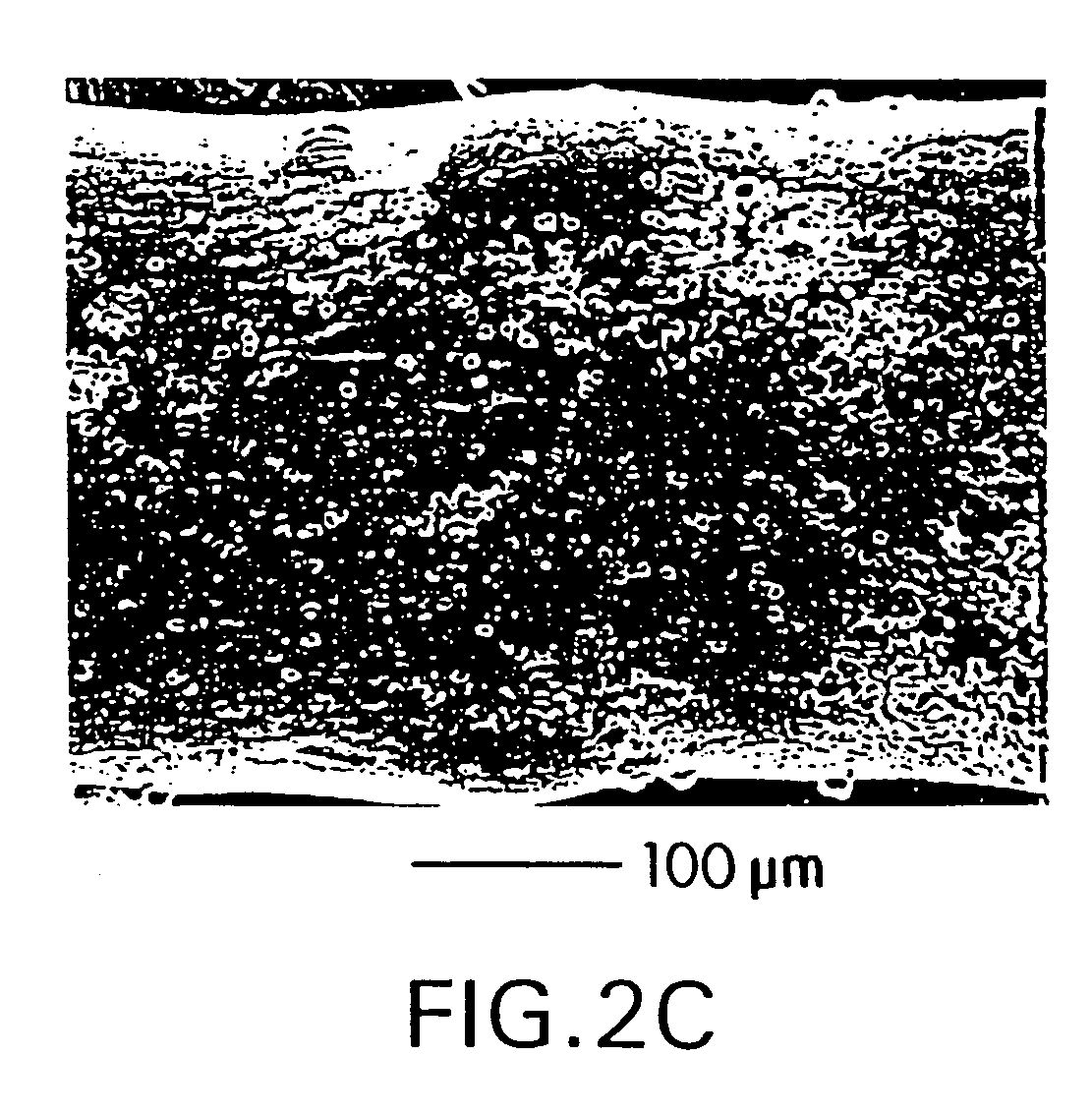Compositions and methods for coating medical devices
a medical device and composition technology, applied in the field of compositions and methods for coating medical devices, can solve the problems of inability to easily and efficiently coat medical devices inability to provide coatings exhibiting controlled or sustained release of pharmaceutical agents, and inability to adapt to provide coatings with a wide variety of materials. , to achieve the effect of stimulating or promoting wound healing and improving wound healing characteristics
- Summary
- Abstract
- Description
- Claims
- Application Information
AI Technical Summary
Benefits of technology
Problems solved by technology
Method used
Image
Examples
example
Preparation of Multiblock Copolymers
[0247] This example demonstrates methods of preparing preferred hydroxy- or epoxide-terminated multiblock copolymers.
[0248] 9.1 Preparation of Expanded PCL-Diol (Compound 33)
[0249] PCL-diol (1.5 g, 0.5 mmol, MW 3000, Polyscience, Inc., Warrington, Pa.) was reacted with DENACOL EX252™ (0.21 g, 0.55 mmol, Nagasi Chemicals, Osaka, Japan) in 15 mL THF in the presence of Zn(BF4)2 catalyst (2% by weight according to epoxide compound) at 37° C. with stirring for 28 hours. To separate the expanded PCL-diol from the non-expanded PCL-diol, gradient precipitation was carried out using heptane and the precipitated, higher MW expanded PCL-diol collected by centrifugation. The product, HO-PCL-EX252-PCL-OH, was washed with 5 mL heptane to remove unreacted epoxide compound and dried.
[0250] 9.2 Preparation of Compound 34
[0251] Compound 33 (0.75 g) was reacted with excess DENACOL EX252™ (0.42 g; molar ratio of Compound 33 to DENACOL EX252™ was 1:4) in 10 mL TH...
PUM
| Property | Measurement | Unit |
|---|---|---|
| viscosity | aaaaa | aaaaa |
| thick | aaaaa | aaaaa |
| diameter | aaaaa | aaaaa |
Abstract
Description
Claims
Application Information
 Login to View More
Login to View More - R&D
- Intellectual Property
- Life Sciences
- Materials
- Tech Scout
- Unparalleled Data Quality
- Higher Quality Content
- 60% Fewer Hallucinations
Browse by: Latest US Patents, China's latest patents, Technical Efficacy Thesaurus, Application Domain, Technology Topic, Popular Technical Reports.
© 2025 PatSnap. All rights reserved.Legal|Privacy policy|Modern Slavery Act Transparency Statement|Sitemap|About US| Contact US: help@patsnap.com



